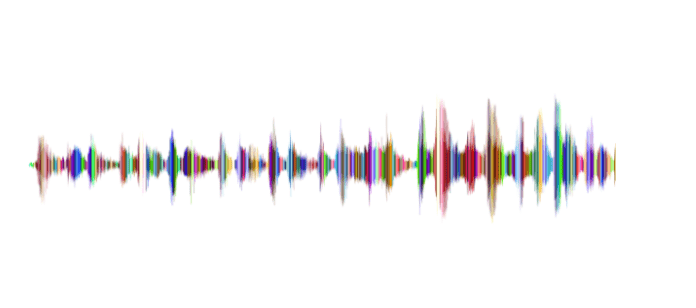For millions of people all over America, the simple tasks of daily life are made that much more challenging because of hearing loss, deafness, or issues hearing and processing sound. Simple tasks like communicating over the telephone, watching television, or popping out for a grocery shop are all infinitely compounded when our situational awareness is compromised.
But, for many, hope is on the horizon. Technology is offering people who experience hearing loss and a new lease on life in exciting ways. Devices that link with cell phones, televisions, and hope alert systems all make life a lot more liveable and with the advancement in technology, there are also increased benefits of hearing aids.
If you or a loved one experiences deafness or hearing loss on any level, hope is on the horizon. Technology has made what could be a challenging life, much more liveable. Here are just some of the developments that could dramatically improve the quality of life for many people, all over the world.
IT STARTS, WITH THE INTERNET.
Without a doubt, one of the most beneficial and life-changing elements that have seen a rise in standards of living for millions of people with hearing loss or deafness is the internet. The development of the world wide web has allowed the deaf and hard-of-hearing community to communicate efficiently and effectively like never before. Now, people can communicate, conduct business, transact and interact with the world around them effortlessly. TTY equipment lets users receive messages and caption messages directly to their TTY telephones.
Individuals don’t even need a TTY telephone, because applications like Skype or FaceTime allow for signing with face-to-face communication – a massive step forward as so much of our communication is non-verbal anyway, people can now enjoy a wider spectrum of communication possibilities. Facial expressions, eye contact, smiling, laughing, or expressing anger, frustration, and joy and made infinitely more experiential through these mediums.
THE RISE AND RISE OF SOCIAL MEDIA.
Our lives are interconnected now with a range of social media apps and programs in ways we might have never been able to enjoy without it, and while for most of us we’re thinking of ways to minimize our social media dependence, for people who experience hearing challenges, these programs have allowed for greater community integration and created platforms for self-employment and business.
Isolation and depression are often issues that hard-of-hearing or deaf people have to navigate, but where hearing and or speaking is not an inherent requirement of participation, sites like Facebook offer a world of opportunity.
ASSISTIVE TECHNOLOGY
These products have been specifically designed and developed to improve the quality of life for people with hearing challenges and as technology continues to evolve, so too does the effectiveness of these devices.
FM Systems:
With these systems, the sound is transmitted or ‘broadcast’ directly from a microphone worn by a speaker or teacher and is then transmitted via FM radio signals at a constant and consistent volume to a device worn by a hard-of-hearing individual. There are two kinds of FM systems that have dramatically improved the hearing-ability of people with hearing loss. These are categorized by ‘personal’ and ‘sound field’ systems.
Infrared and audio induction loop systems:
Less common than FM systems, this technology is used for listening in large spaces like schools, churches, or theaters. Infrared systems use invisible light beams to carry sound to a personal receiver.
Coupling accessories:
For use with smartphones, televisions, tablets, and other devices there are many accessories for hearing aids or cochlear implants that connect to various media. They plug directly from a hearing device into personal devices and via this method transmit sound wirelessly from hearing aids to personal devices, or vice-versa.
There are varying degrees of hearing technology and each of these different devices have specific purposes to treat and or improve the quality of life for people with hearing loss or deafness, and as varied as the solutions are they’re geared towards the unique challenges of the people they’re designed for.
Ultimately, if you’re starting to notice a decrease in hearing quality in yourself or someone close to you, you’ll also find that hope is closer than ever before. Speak to your doctor or audiologist as soon as you can, as often, early detection can have a massive impact on the availability and efficiency of potential solutions.
SAFETY AND SECURITY
Alerting devices that can tell you when there’s someone at the door, a smoke alarm is going off or a barrier beam has been crossed have all added to the enhanced lived experience of hard of hearing or deaf people.
ALARM CLOCKS, BABY MONITORING DEVICES, MULTI ALERTING SYSTEMS
Alarm clocks that work with lights or vibrating pads, devices linked to your baby’s crib, and the room will alert you through a visual monitor or vibration device when your baby is awake or crying, or in distress.
There is also a range of alerting devices that are all designed to improve the lived experience of people with hearing loss or deafness and there are multiple online resources that can help you find the right one for you.


